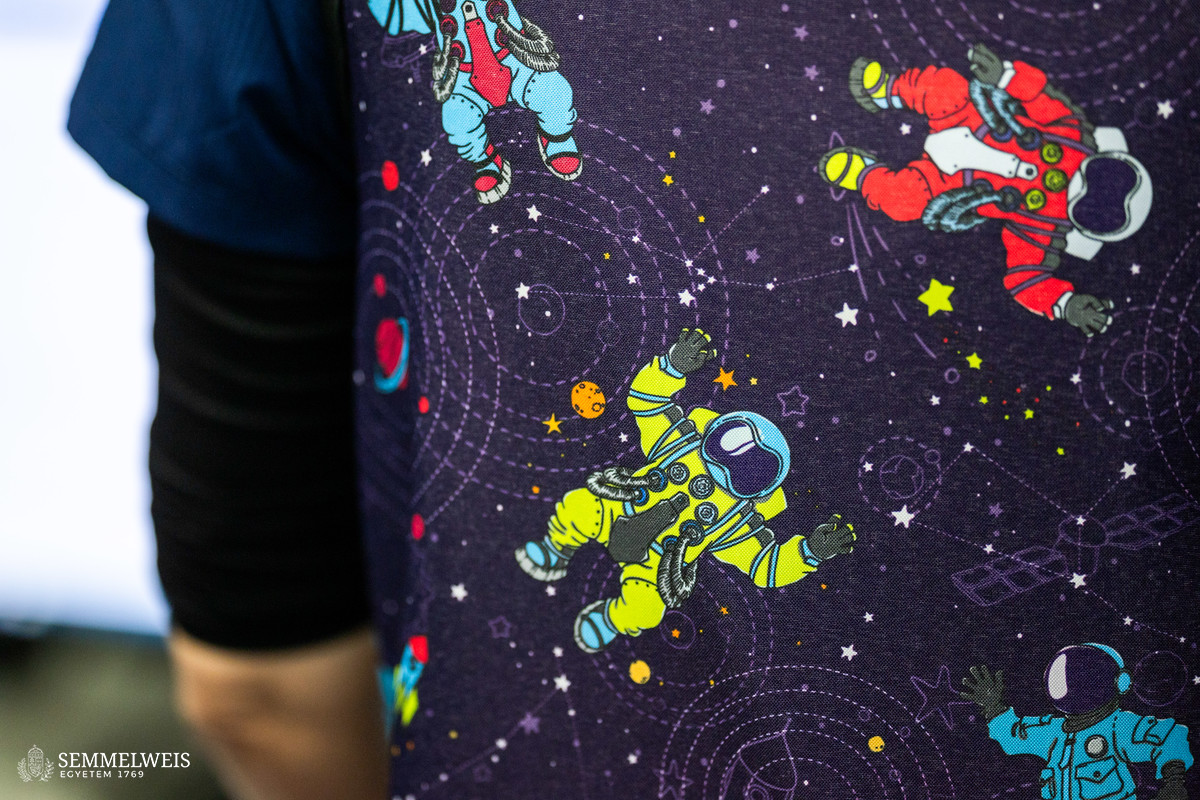
Semmelweis University Contributes to Human Space Exploration and Medical Innovation
Semmelweis University in Hungary is making significant strides in space research, particularly focusing on astronaut health and telemedicine applications. As part of Hungary’s growing involvement in space exploration, the university is actively participating in projects that aim to improve health monitoring in microgravity environments and develop innovative medical solutions for space and terrestrial use.
In a groundbreaking development, researchers from Semmelweis University have initiated and contributed to two major space research projects involving the Hungarian astronaut Tibor Kapu. These projects are designed to deepen our understanding of how spaceflight affects human health and to develop new techniques for remote health assessment and treatment, with potential applications on Earth as well.
Space Research Initiatives Led by Semmelweis University
1. The Telemetry System of Space Health (TESH) Project
The TESH project aims to investigate cardiovascular and neurovascular health during space missions. This research employs non-invasive telemetry and wearable technology to monitor vital signs such as heart rate, blood pressure, and neurological functions in real-time. The goal is to understand how spaceflight influences these critical health parameters and to develop telemedicine systems capable of early detection and automatic monitoring of astronauts’ health.
During a typical mission, astronauts experience physiological changes like blood pressure fluctuations and balance disturbances caused by aging and adaptation to microgravity. By analyzing these phenomena, Semmelweis researchers aim to create a telemedicine framework that permits continuous health assessment, which could be vital for long-duration spaceflights. This technology involves smart garments embedded with sensors that log physiological data, ultrasound scans for internal monitoring, and video-based balance assessment tools.
The innovative telemedicine solutions developed through TESH have promising applications beyond space. They present opportunities to enhance remote patient monitoring, early diagnosis of cardiac and neurological conditions, and personalized healthcare management on Earth. These advances could revolutionize the way healthcare services are delivered, especially in rural or underserved areas.
2. END-SANS: Nanofiber-Based Ophthalmic Drug Delivery
The second project, END-SANS, addresses ophthalmological conditions that arise in microgravity. Altered blood flow and fluid accumulation can cause eye edema and vision issues among astronauts. Traditional eye drops are often ineffective in microgravity, requiring innovative delivery methods.
Semmelweis researchers have developed a novel nanofiber-based drug delivery system that dissolves on the surface of the eye, providing targeted and efficient medication absorption. These nanofiber inserts, comparable in size to a grain of rice, are inserted by pulling down the lower eyelid, similar to contact lens application. Once in place, they dissolve rapidly, releasing the active drug directly to the affected areas, significantly reducing the required dosage and potential side effects.
This technology leverages materials science and nanotechnology to create painless, cost-effective treatments that can be used both in space and terrestrial ophthalmology. The successful development of this system could lead to breakthroughs in managing eye conditions, reducing the need for systemic medication, and improving patient comfort.
Hungary’s Role in Space Exploration and Medical Innovation
Hungary’s space endeavors include the Hungarian to Orbit (HUNOR) Astronaut Program, which emphasizes medical expertise in astronaut training and health monitoring. Semmelweis University plays an essential role in this program by providing medical assessments, training space medicine specialists, and supporting astronaut health during missions.
Dr. Klaudia Vivien Nagy, an Associate Professor at the Városmajor Heart and Vascular Center, is a notable figure in this initiative. Certified by the European Space Agency (ESA) as a space surgeon, she is involved in evaluating and monitoring astronaut health and contributes to understanding space-related health challenges such as cardiovascular and vestibular issues.
Furthermore, Semmelweis University is the first in Hungary to have a certified space medicine specialist, underscoring its leadership in this niche field. These contributions demonstrate how medical research and space exploration synergize to push technological boundaries and improve healthcare both in space and on Earth.
Implications and Future Prospects
The research at Semmelweis University does not only benefit astronauts but also holds immense potential for ground-based medicine. Telemedicine applications developed during these space projects can lead to innovative remote healthcare solutions, enhancing diagnostic accuracy and treatment options in remote or underserved regions.
Moreover, understanding physiological changes in microgravity provides insights into aging and degenerative diseases, opening new avenues for research into cardiovascular and neurological health management.
The university’s active participation in space research exemplifies Hungary’s commitment to international scientific collaboration and its dedication to advancing medical sciences. As space missions become longer and more complex, the importance of such research will only increase, positioning Semmelweis University at the forefront of space medicine and telehealth innovation.
Conclusion and Next Steps
For students, researchers, and healthcare professionals interested in pioneering medical technologies, Semmelweis University offers a compelling environment for involvement in cutting-edge space research. Those looking to contribute to innovations in astronaut health monitoring, telemedicine, or ophthalmic treatments are encouraged to explore educational programs and collaborative opportunities at the university.
To learn more about the university’s research initiatives or to consider engaging with their space medicine programs, visit Semmelweis University’s official website. The ongoing projects underscore the university’s role in not only advancing medical science but also in shaping the future of healthcare in space and on Earth.
Interested in the latest developments in space medicine and telehealth? Stay connected with Semmelweis University’s news and research updates for more insights into their innovative work.
Take the next step in medical research by exploring Semmelweis University’s programs and participating in transformative healthcare innovations.

